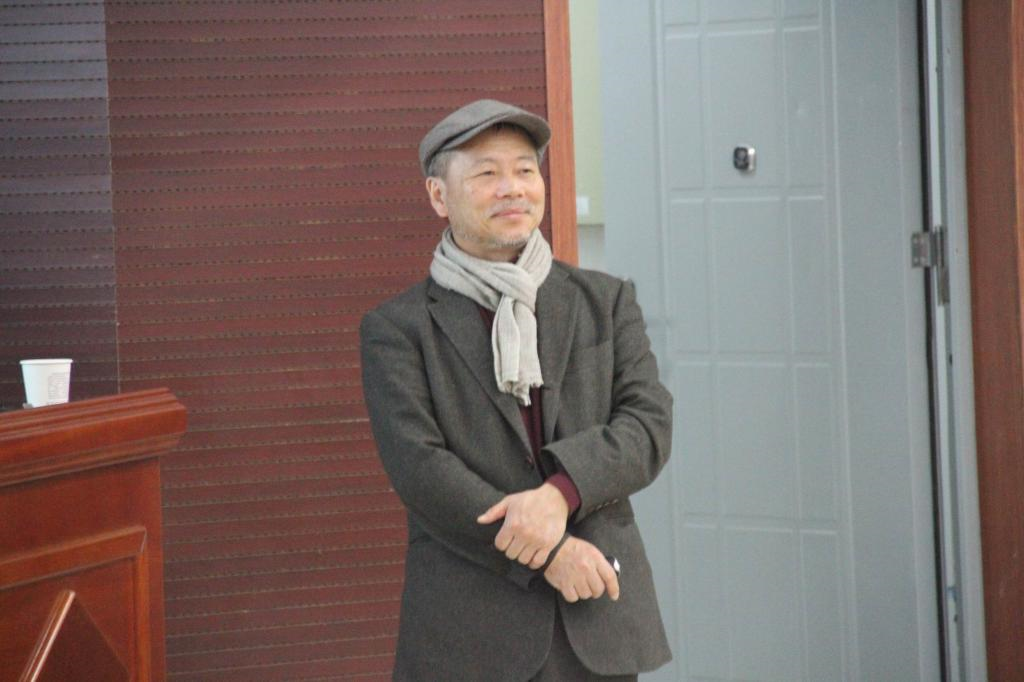
The lecture

Prof. Dr. Kinoshita Isamu
On the afternoon of March 14, 2017, our university invited internationally renowned scholars, Prof. Dr. Kinoshita Isamu of the Department of Horticulture, Chiba University, Japan, Ph.D. from Tokyo Institute of Technology, to give an academic lecture entitled “City’s Identifiability and Sustainability” in the lecture hall, the first floor of the Architectual Planning Building. The lecture was translated by Shen Yao, the doctoral supervisor of Hunan University, and hosted by Lu Xianjun, Dean of the School of Architecture and Urban Planning.
Prof. Kinoshita showed a group of classic photos to demonstrate the experience and lessons of Japanese urban renewal to the people present. He pointed out that under the influence of globalization, the identifiability of “identified places” gradually disappears, and people live in “symbols”. Then, the question of “how the identifiability is formed” is explained from the perspective of psychology. It is pointed out that the growth of people exerts a strong reliance on the space of the place, and the identifiability of the individual and the identifiability of the space correlate with each other. Furthermore, space construction should be adapted to the needs of different groups of people. Meanwhile, he discussed the application of “Slow Space Theory” in the identifiability of the city. He elucidated the vivid cases, such as in Yokohama in Japan, Zurich in Switzerland, and ancient lanes of Ming and Qing Dynasties in Yiyang, to show that the relationship between society, the environment, and the economy should be taken into consideration during the process of city exploitation and utilization. Only through the joint efforts of the market, government, citizens, and designers, can a pleasant and individualized identifiable space be created to promote the sustainable development of the city.
With the ongoing of the lecture, Prof. Kinoshita interacted with the students from time to time and gave detailed answers and wonderful comments on the questions raised by the teachers and students.

